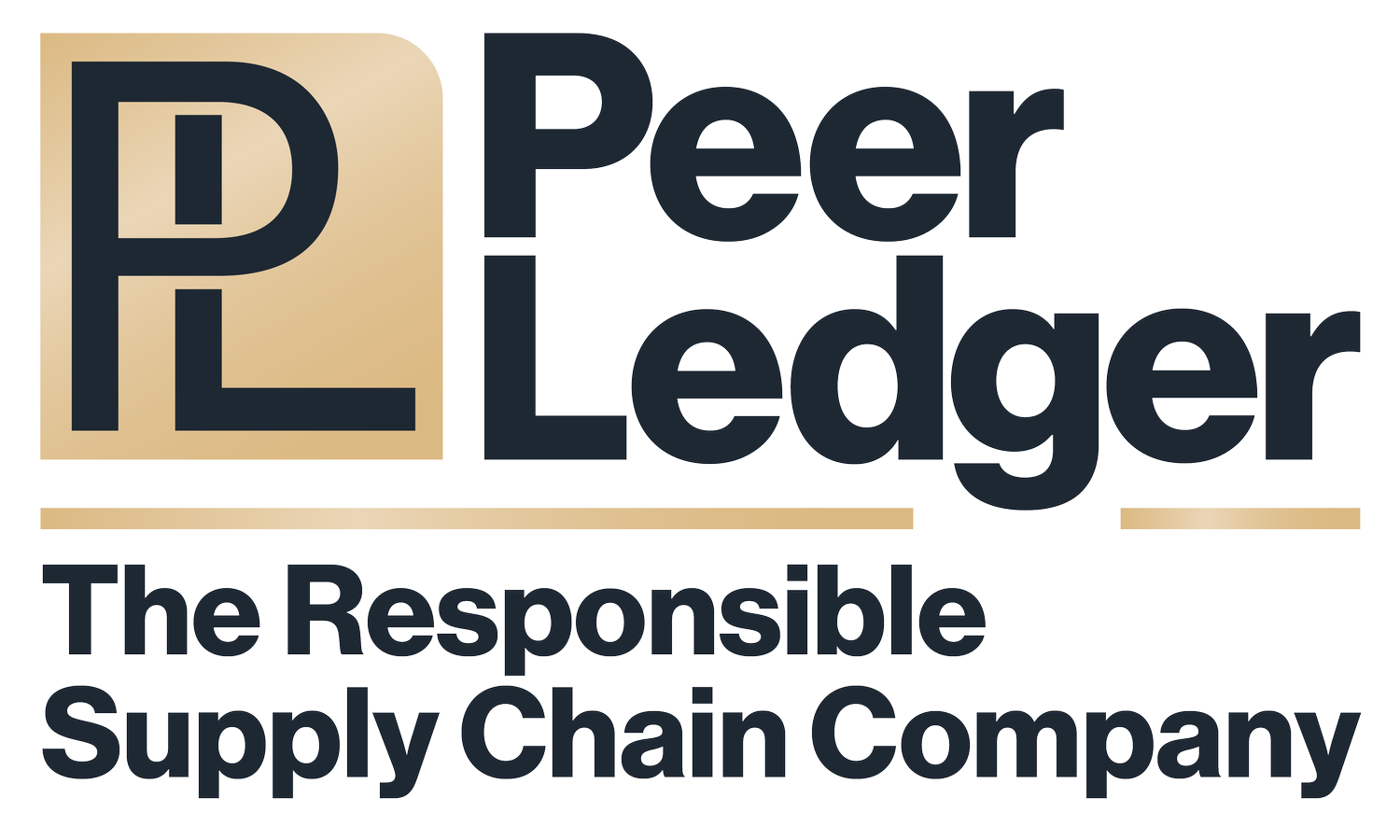Dirty Laundry - how fast fashion is destroying the planet, and why ethical apparel is the way to go
Globally, we now consume approximately 80 billion new pieces of clothing every year, which is 400% more than just two decades ago! This is likely a result of clothing companies jumping on the latest trends and mass producing many different types of clothing items. The term ‘fast fashion’ refers to “cheaply produced and priced garments that copy the latest catwalk styles and get pumped quickly through stores in order to maximize on current trends” and it has devastating impacts on people and our planet.
It’s hard to forget the tragic Rana Plaza garment factory collapse in 2013, which killed 1,100 workers in Bangladesh and injured 2,500 more. Sadly, it was not the only event of its kind. Between 2006 and 2012, more than 500 Bangladeshi garment workers died in factory fires. It was also found that 80% of apparel is made by young women between the ages of 18 and 24, and there have been countless instances of forced and child labour in apparel production globally. Along with these horrific human rights abuses, fast fashion has a terrible impact on our planet and is now one of the biggest polluters in the world.
According to the UN Environment Program, “the fashion industry is the second-biggest consumer of water and is responsible for 8 - 10% of global carbon emissions.” And according to the UN Framework Convention on Climate Change, these emissions are expected to skyrocket 60% by 2030. These days more than 60% of the fabrics being used to create apparel are synthetic and derived from fossil fuels, which means that when they end up in landfills (which 85% of textile waste does), they do not decay. Along with massive water consumption, textile waste and toxic dyes leaching into soils and waterways, fast fashion also releases microplastics when washed, which leads to about 500,000 tons of microfibres in the ocean every year - the equivalent of 50 billion plastic bottles.
Thankfully, consumers are demanding better products and companies are realizing the impact of their poor practices. We are now seeing a worldwide trend towards slow fashion. This involves hitting the brakes on excessive production, long and complicated supply chains, and mindless consumption. Consumers are also taking different approaches and adopting brands like ThredUp and Poshmark, where they can purchase second hand clothes from brands they love at a lower price, which helps to keep more clothes out of the landfill.
There are also many apparel brands that are working to make their supply chains sustainable through the use of ethical material and practices. Allbirds is a shoe and clothing company that uses renewable materials like wool. They measure their environmental impact through every step of their supply chain and offset all of their emissions, which makes them a completely carbon neutral business. Stay Wild is a sustainable swim brand that creates high quality swimwear from unwanted ocean waste and uses eco friendly packaging and carbon neutral shipping practices. Bigger brands are also jumping on board, with companies like Adidas shifting to use 100% recycled polyester in their products by 2024 and Ralph Lauren committing to 100% sustainably sourced key materials by 2025.
As apparel brands move towards ethical sourcing and materials, it is important for them to be able to prove their practices and help consumers avoid brands that are greenwashing. Peer Ledger’s MIMOSI Connect platform is a solution for responsible supply chain management. We give companies a trusted, immutable record of their transactions and metrics across their entire supply chain. For apparel companies that are taking a stand against fast fashion and working to ensure that their practices are ethical and sustainable, our MIMOSI Connect system is a great tool to ensure that they are working in alignment with their values.
References
The University of Queensland, Fast fashion quick to cause environmental havoc. Retrieved from https://sustainability.uq.edu.au/projects/recycling-and-waste-minimisation/fast-fashion-quick-cause-environmental-havoc
Tatiana Schlossberg (September, 2019), How Fast Fashion Is Destroying the Planet, The New York Times. Retrieved from https://www.nytimes.com/2019/09/03/books/review/how-fast-fashion-is-destroying-the-planet.html
Rashmila Maiti (January 2019), Fast Fashion: Its Detrimental Effect on the Environment, Earth.Org. Retrieved from https://earth.org/fast-fashions-detrimental-effect-on-the-environment/
UN Environment Programme (March, 2019), UN Alliance For Sustainable Fashion addresses damage of ‘fast fashion’. Retrieved from https://www.unep.org/news-and-stories/press-release/un-alliance-sustainable-fashion-addresses-damage-fast-fashion
Sustainable fashion.earth (February, 2020), H&M accused of ‘greenwashing’ over plans to make garments from sustainable material. Retrieved from https://www.sustainablefashion.earth/type/recycling/hm-accused-of-greenwashing-over-plans-to-make-garments-from-sustainable-material/ Stay WildAdidasRalph Lauren

